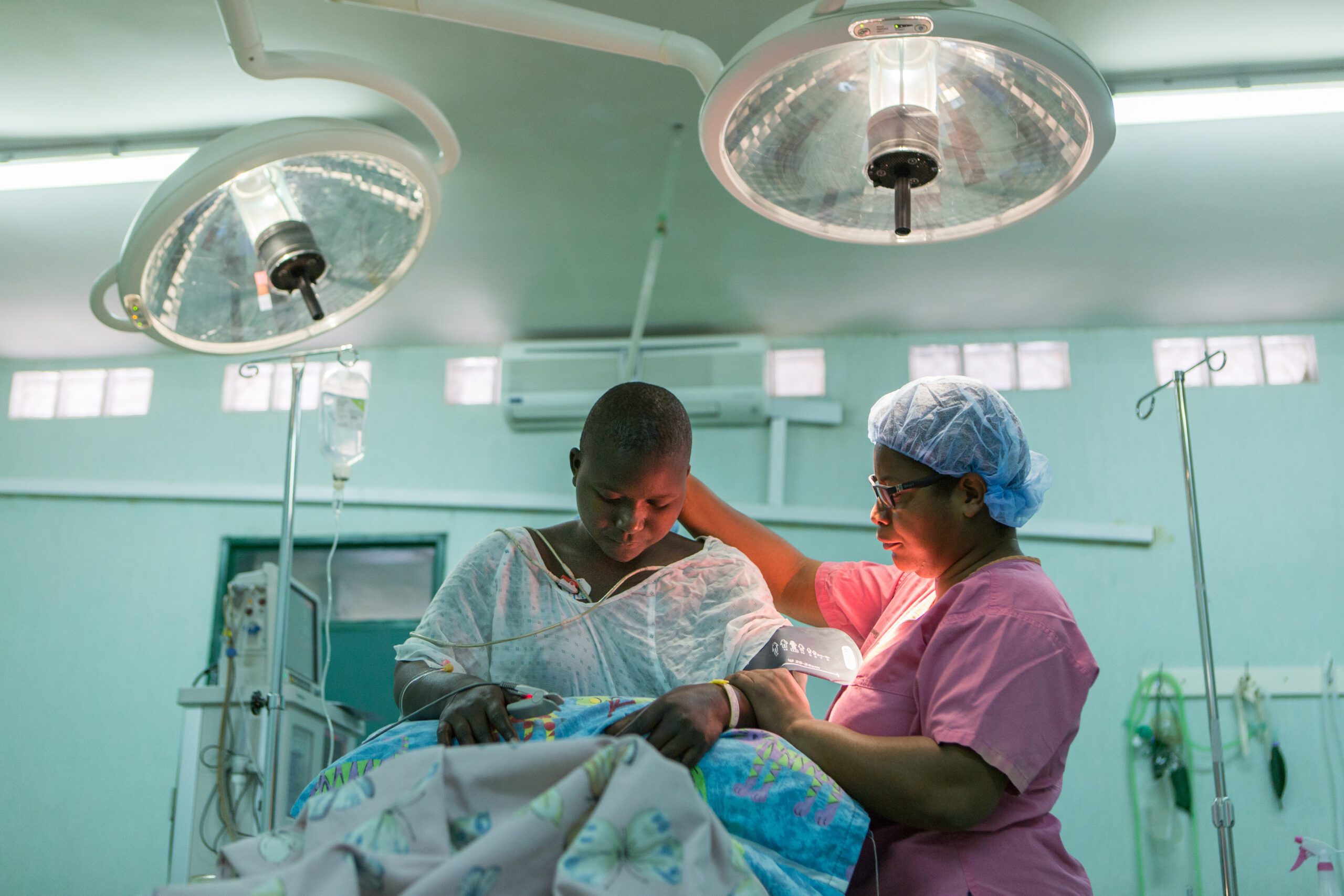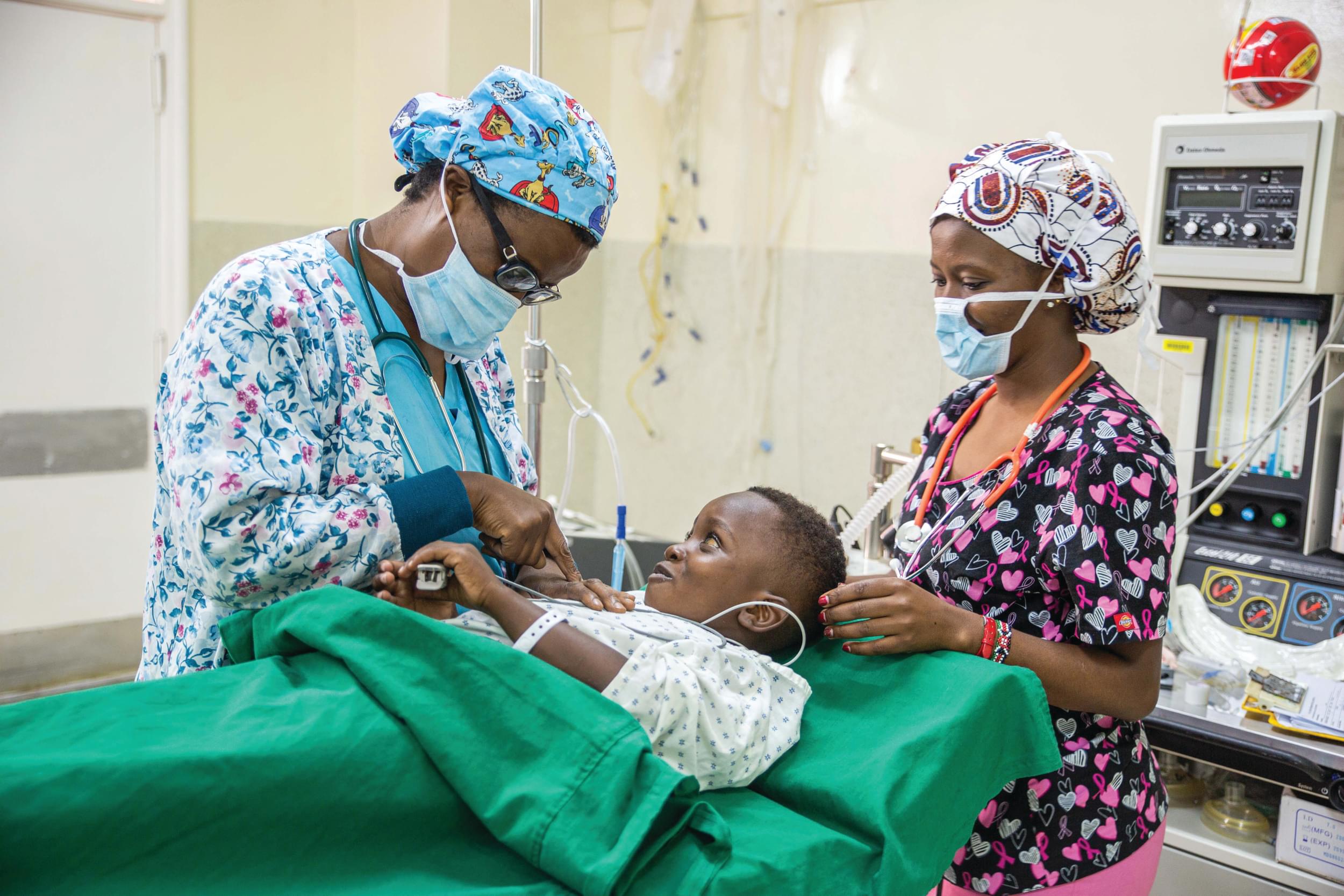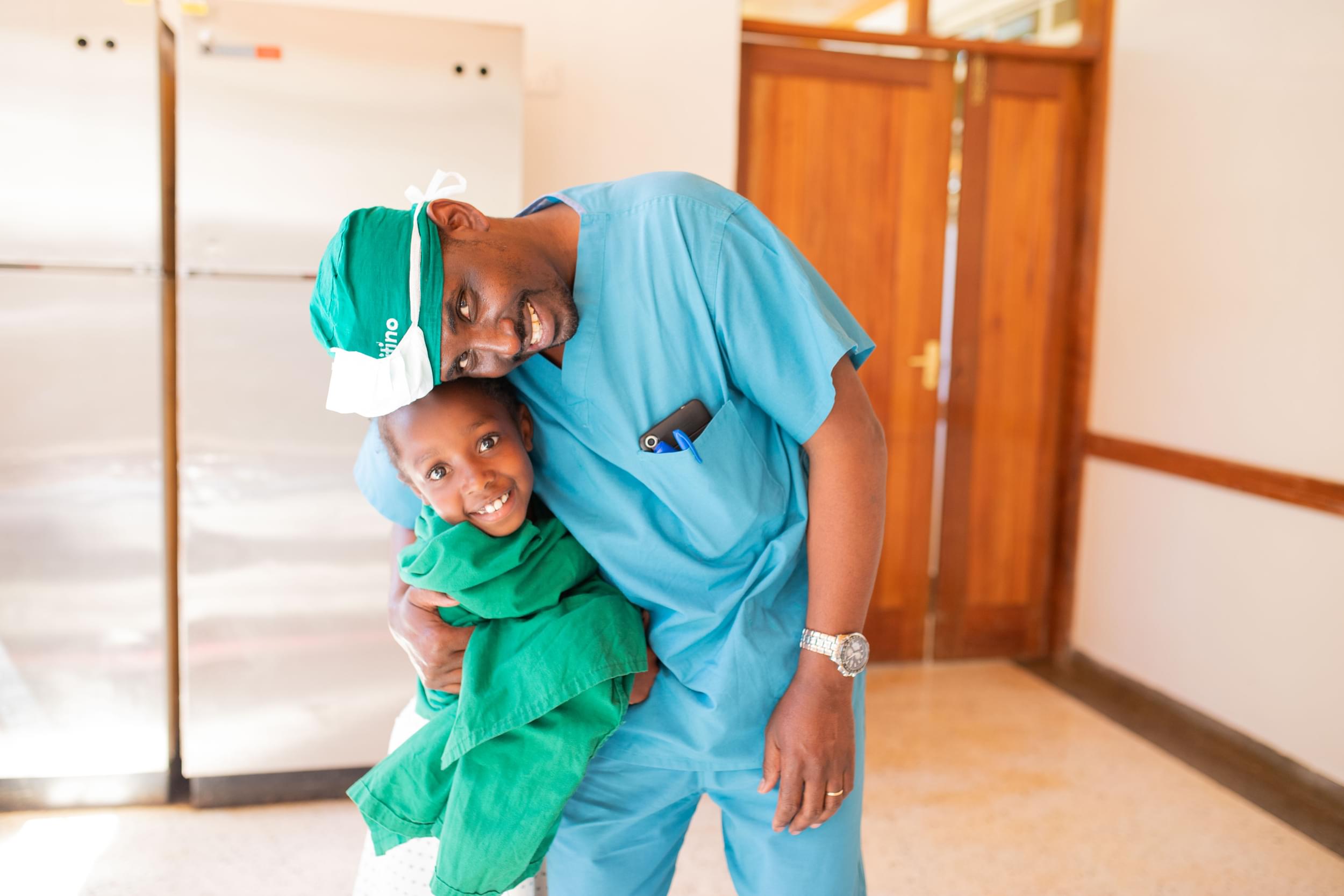Ten-year survival of Ugandan infants after myelomeningocele closure
Abstract:
Objective: Myelomeningocele (MM) is a neural tube defect complicated by neurological deficits below the level of the spinal lesion and, in many cases, hydrocephalus. Long-term survival of infants treated for MM in a low- and middle-income country has never been reported. This retrospective cohort study reports 10-year outcomes and factors affecting survival for infants undergoing MM repair at CURE Children’s Hospital of Uganda.
Methods: Patients were traced by telephone or home visit. Survival was estimated using the Kaplan-Meier method. Multivariate survival was analyzed using the Cox proportional hazards model, investigating the following variables: sex, age at surgery, weight-for-age at surgery, motor level, and presence and management of hydrocephalus.
Results: A total of 145 children underwent MM repair between 2000 and 2004; complete data were available for 133 patients. The probability of 10-year survival was 55%, with 78% of deaths occurring in the first 5 years. Most of the deaths were not directly related to MM; infection and neglect were most commonly described. Lesions at motor level L-2 or above were associated with increased mortality (HR 3.176, 95% CI 1.557–6.476). Compared with repair within 48 hours of birth, surgery at 15–29 days was associated with increased mortality (HR 9.091, 95% CI 1.169–70.698).
Conclusions: Infants in low- and middle-income countries with MM can have long-term survival with basic surgical intervention. Motor level and age at surgery were significant factors influencing outcome. Education of local health care workers and families to ensure both urgent referral for initial treatment and subsequent access to basic medical care are essential to survival.






















